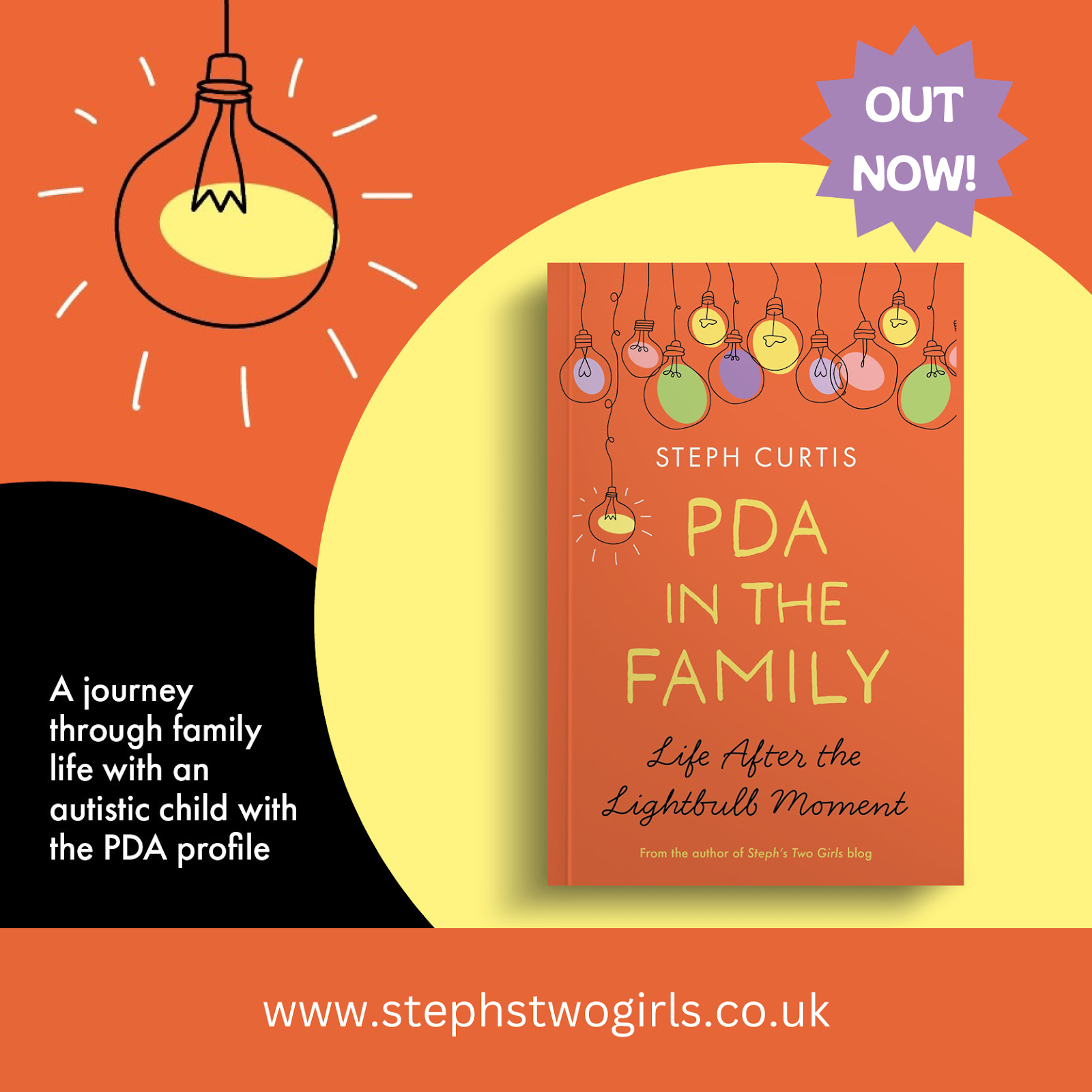The Teacher's Introduction to Pathological Demand Avoidance has been written by Clare Truman, a teacher in special needs schools and alternative provisions. Clare has specialised in autism for over ten years; she is big sister to an autistic young man and she is also studying for a PhD, with educational experiences of school-aged autistic children and young people with a PDA profile being the main focus. In 2017 Clare founded a social enterprise called Spectrum Space, set up to provide education for a small number of autistic students who found it difficult to access school. Most of these students had a PDA profile of autism; this alternative provision was delivered either at home, in the community or in a local centre, all through a one-to-one child-led learning approach.
Clare's experience of working with PDA students, both in a classroom and in a more flexible environment, is invaluable and the book shares much of her learning and ideas for strategies that could work in a classroom. Chapters cover topics such as demands, designing a child-led curriculum, invitations to learn, developing social understanding, adapting traditional autism strategies, distressed behaviour and managing the needs of the PDA student in a class of thirty. There's also a great chapter about eating, drinking and washing; most schools will have children in over lunchtimes so there are plenty of relevant insights here too.
Early on in the book Clare asks one of my favourite questions, one I learnt to ask myself regularly back in the early days after we came across descriptions of Pathological Demand Avoidance. "Does it really matter?" I always suggest other people ask themselves this before asking a PDA child to do something that might seem an easy or typical task for many other children. Is sitting at a table to eat more important than your child actually eating well in a position they are comfortable in, for example? Clare asks "does it really matter what colour pen a student uses?" and "does it matter if they write the date in words or numbers or underline the title using a ruler?" and then goes on to list a few of the demands that are regularly made of children in schools. I loved the analogy about how deciding what demands to put on a PDA child could be likened to playing a video game when you only have five lives left - you would be careful about choosing your actions so you didn't waste those lives. She goes on to explain that it is best to consider what demands are the most important and she gives the suggestion of creating a list of priorities (this could sometimes be achieved collaboratively with the child).
There are practical examples of how to phrase demands differently and present them in the right way, but these come with the reminder that children should not be tricked into doing what adults say, and that the overall goal is to reduce anxiety. The idea of drawing on skills from other situations when it comes to language choices when working with a PDAer is discussed - I loved the thoughts about teaching staff not issuing direct demands to colleagues because indirect phrasing is considered more polite. Communicating with PDA children in this way can be helpful.
Clare also addresses the issues of praise, rewards and consequences and mentions how school behaviour policies can often be at odds with what works for PDA children. Mystery and novelty are suggested as good ways of disguising demands or introducing new ideas, and the important role that honesty plays is explained.
At the end of each chapter is a very helpful summary such as the one shown above (also transcribed below).Summary
- Presenting demands in a PDA friendly way is not just about what you say, but also about what you do.
- Avoid clear instructions and requests; stick to suggestions, ideas and thinking out loud.
- If you see signs of increased anxiety (such as non-compliance), reduce the demands, don’t increase them.
- Be careful using please, praise or rewards, and avoid the word ‘no’ where possible.
- Make use of novelty, mystery and humour to make activities more inviting.
- Collaborate with your students; invite them to solve problems with you.
- Don’t let these strategies get in the way of maintaining honesty in your communication and interaction with students with PDA.
One of the final paragraphs in this book contains these words that I think many who have come across PDA children in education will relate to:
Before I met students with PDA, I had a very clear idea of how I wanted my classroom to run, and it didn't involve flexibility, child-led learning, problem-solving or collaboration. When I first went into teaching, I was determined that I was going to lay down clear rules and expectations and use traditional behaviour strategies such as rewards and consequences to ensure that every child followed my instructions. But that was before I had met a student with PDA..... When the way I was teaching no longer met the needs of the people I was teaching, I had to change my approach....
This book offers many insights that would be extremely helpful to anyone working in education. The chapter on managing the needs of the PDA student in a class of thirty and the subsequent chapter about paperwork and EHCPs include great advice that could help both children and adults. This book might be one that parents would like to pass on to whoever is working with their child in another setting.
Clare now offers training and consultancy to schools, colleges, teachers, learning support staff and other professionals, in how to support children and young people with PDA. This great book was published by Jessica Kingsley Publishers and is available to purchase here: The Teacher's Introduction to Pathological Demand Avoidance.
*This post contains affiliate links and I may receive a small commission if you click and buy. It won't cost you any extra*
Our book, PDA in the Family, is out now! We wanted to help other people understand more about Pathological Demand Avoidance and the book was one way of doing that. It's an account of our family life since the day we were told our younger daughter is autistic. It covers diagnosis, the subsequent lightbulb moment we had when we heard about PDA, education, relationships and more.























No comments:
Post a Comment
Comments are always very much appreciated and can really help the conversation go further...